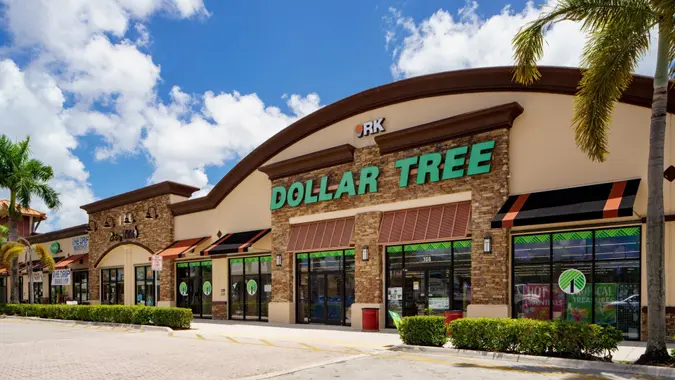No Labor Day Plans? Here’s How Much Money You Will Save

Commitment to Our Readers
GOBankingRates' editorial team is committed to bringing you unbiased reviews and information. We use data-driven methodologies to evaluate financial products and services - our reviews and ratings are not influenced by advertisers. You can read more about our editorial guidelines and our products and services review methodology.

20 Years
Helping You Live Richer

Reviewed
by Experts

Trusted by
Millions of Readers
If you don’t have plans for Labor Day this year, you’re not alone. A significant percentage of Americans said they don’t plan to celebrate Labor Day in 2024, according to a recent GOBankingRates survey.
How many Americans are skipping Labor Day 2024 and how much money are they expected to save doing so? Keep reading to find out how much money you’ll save without Labor Day plans.
How Many Americans Aren’t Celebrating Labor Day?
Labor Day will take place on Sept. 2. The GOBankingRates surveyed a sample size of 999 Americans to find out how much money they would spend on Labor Day if they chose to celebrate. About 23% said they did not have Labor Day plans this year.
How does this compare to overall participation in major summer holiday weekends such as Memorial Day and the Fourth of July? The Labor Day percentage closely matches findings from Memorial Day, where 23% of Americans polled said they didn’t have plans for that holiday. When compared to the Fourth of July, however, only 16% of overall Americans told GOBankingRates they didn’t have celebration plans.
The largest age range that doesn’t plan to celebrate Labor Day are Americans between ages 18 to 24. At 32%, it’s a fair assumption that a number of these respondents likely will be back in school by then and may have busier schedules as a result. The percentages also were higher among women, with 26% of women forgoing Labor Day plans, compared to 18% of men.
How Much Are Americans Spending This Labor Day?
People who do have plans to spend money this Labor Day are largely staying within modest budgets. Here’s what the percentage breakdown looks like for each amount:
- $0 to $50: 27%
- $51 to $99: 17%
- $100 to $199: 14%
- $200 to $299: 7%
- $300 to $399: 4%
- $400 to $499: 3%
- $500+: 4%
Though the numbers decline the higher the amounts become, about 44% of respondents will spend anywhere between $0 and $99 on Labor Day this year. For people opting out of celebrations, this would mean they’re able to save nearly $100. These funds can be reallocated toward back-to-school shopping, grocery budgets or the upcoming holiday shopping season.
 Written by
Written by  Edited by
Edited by 

























